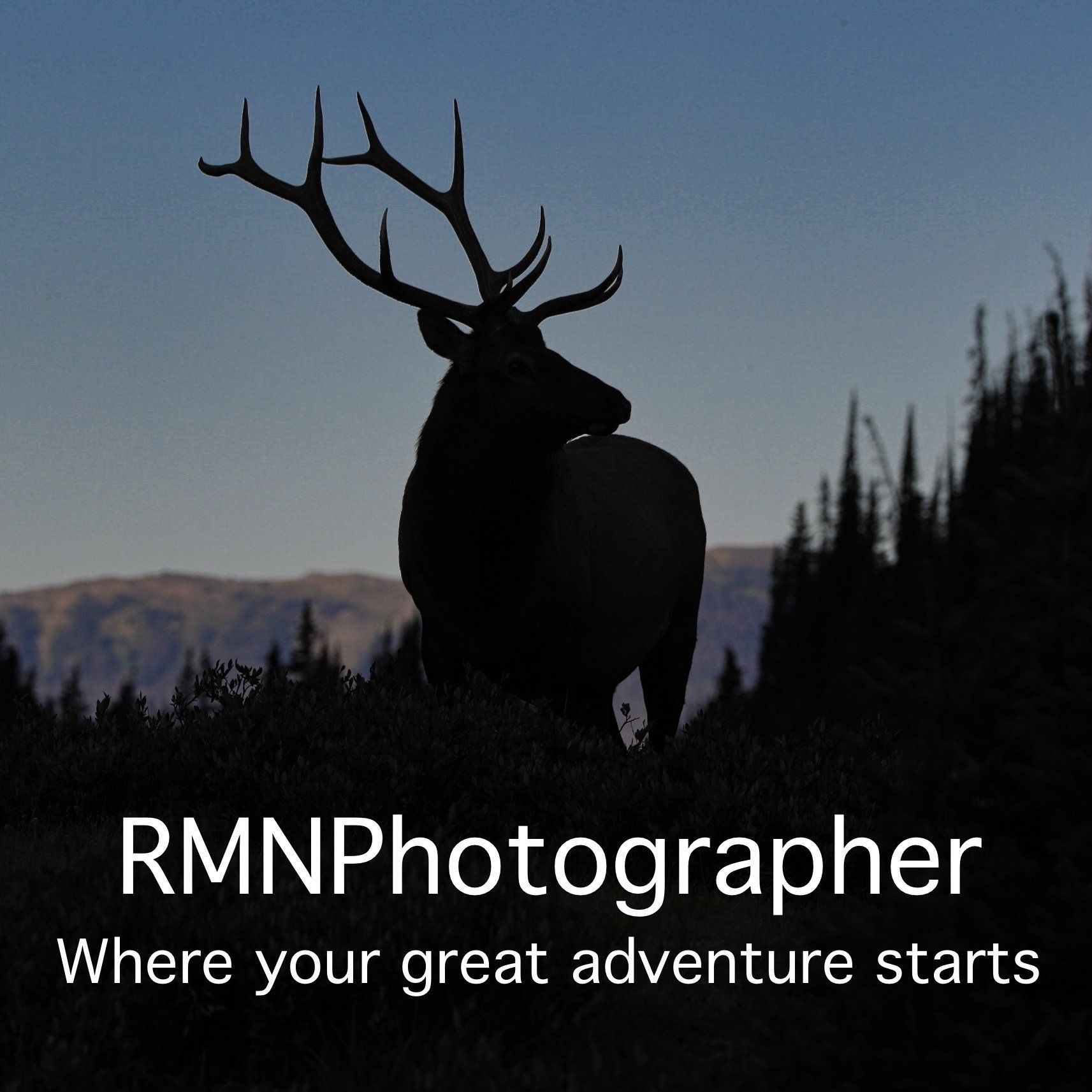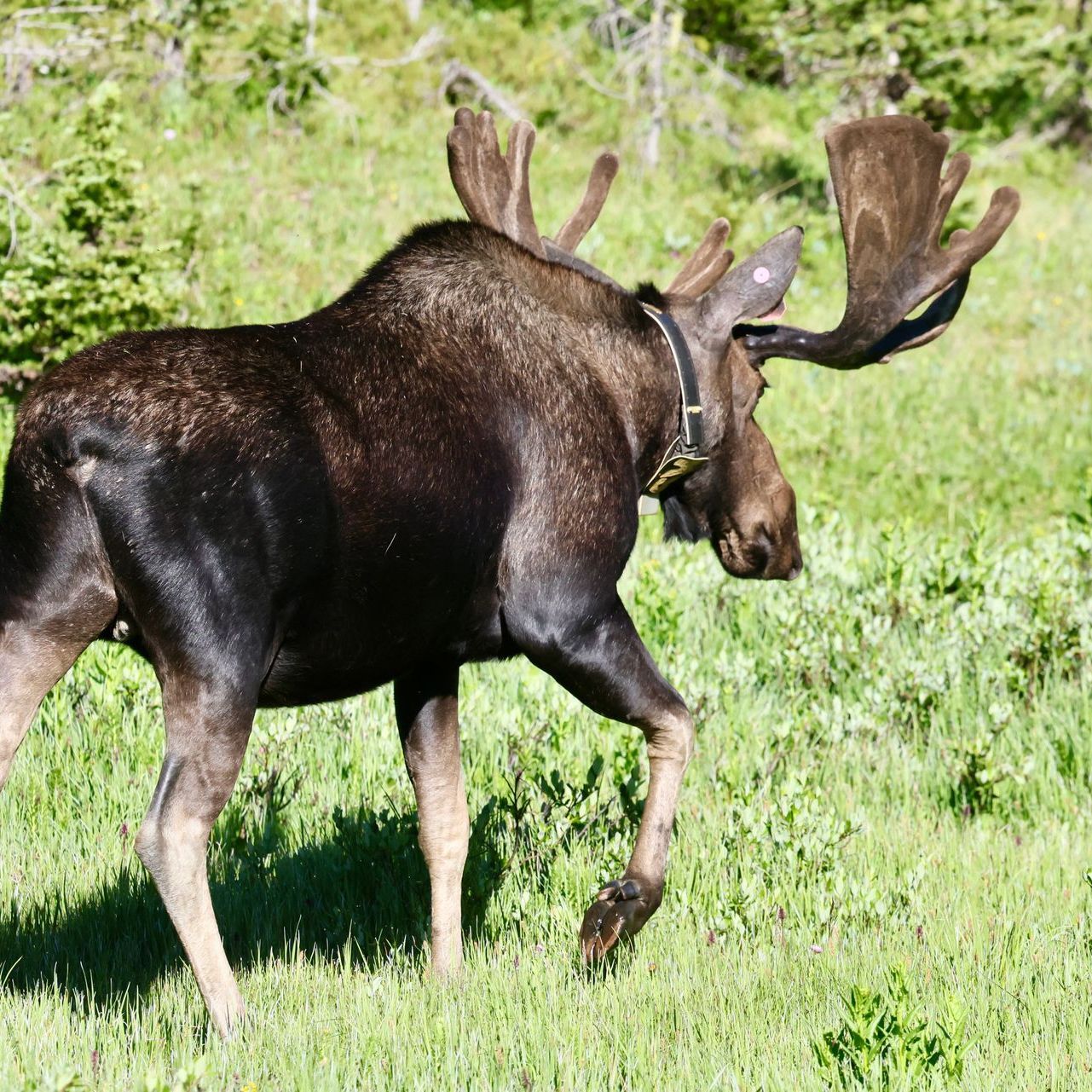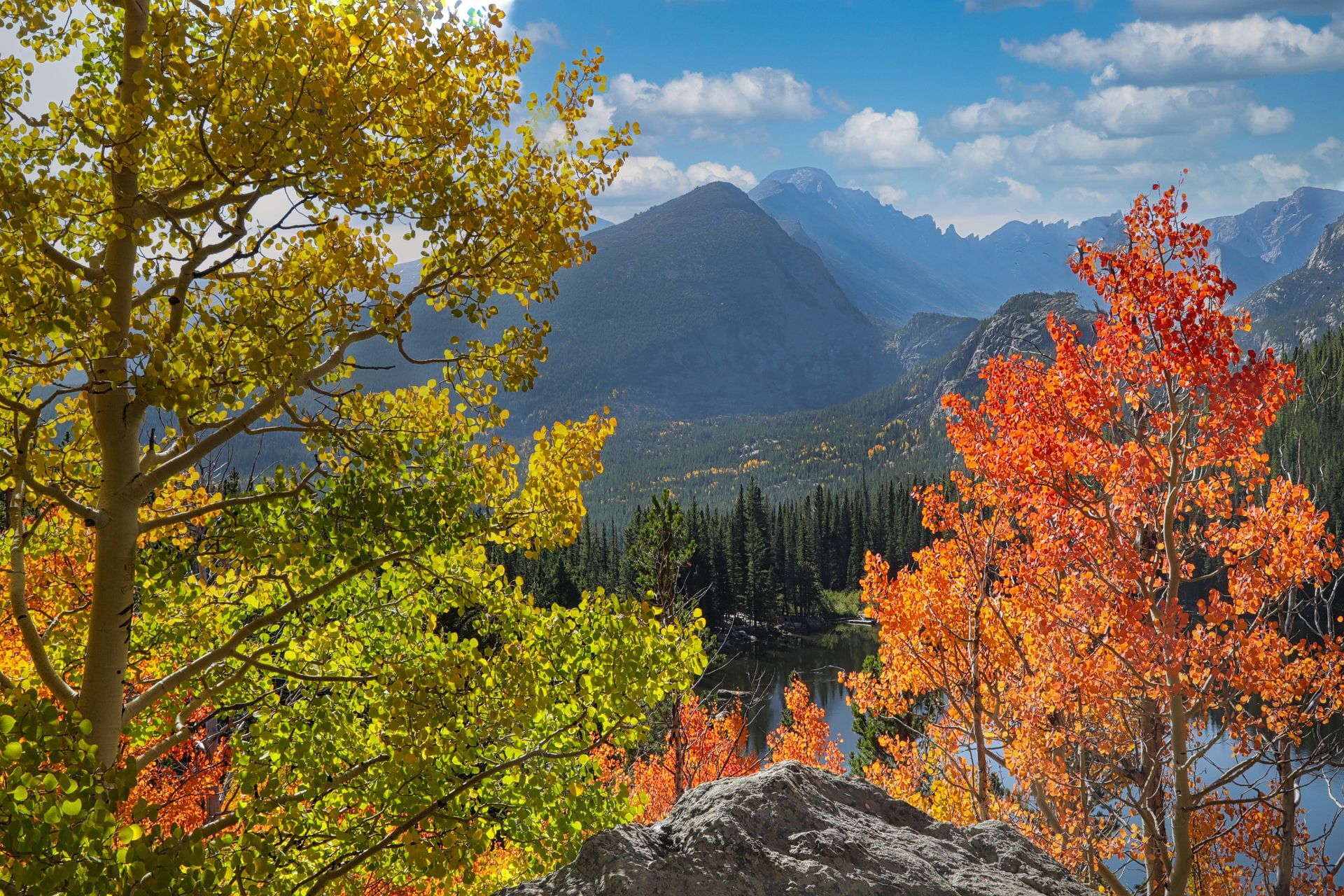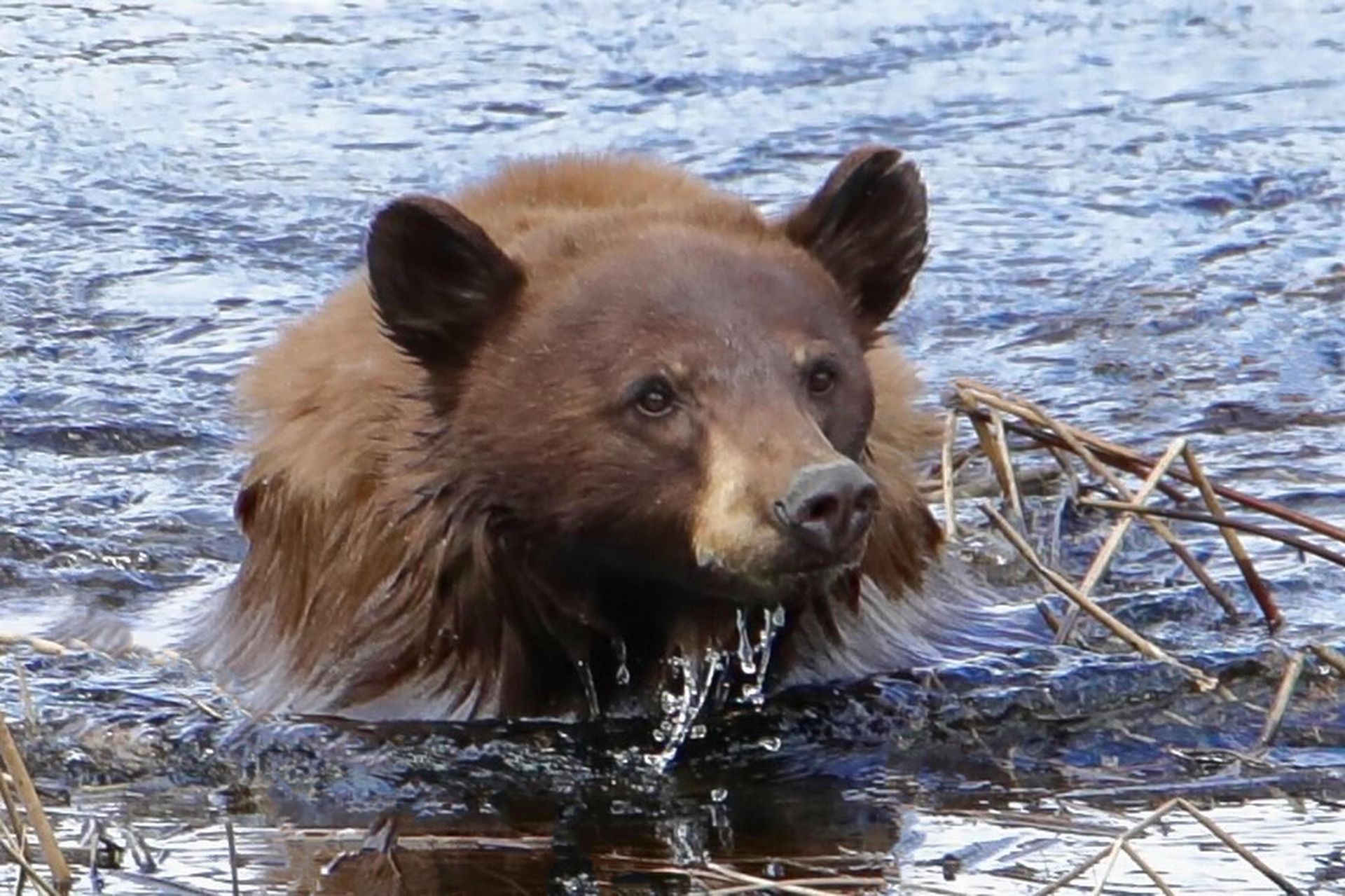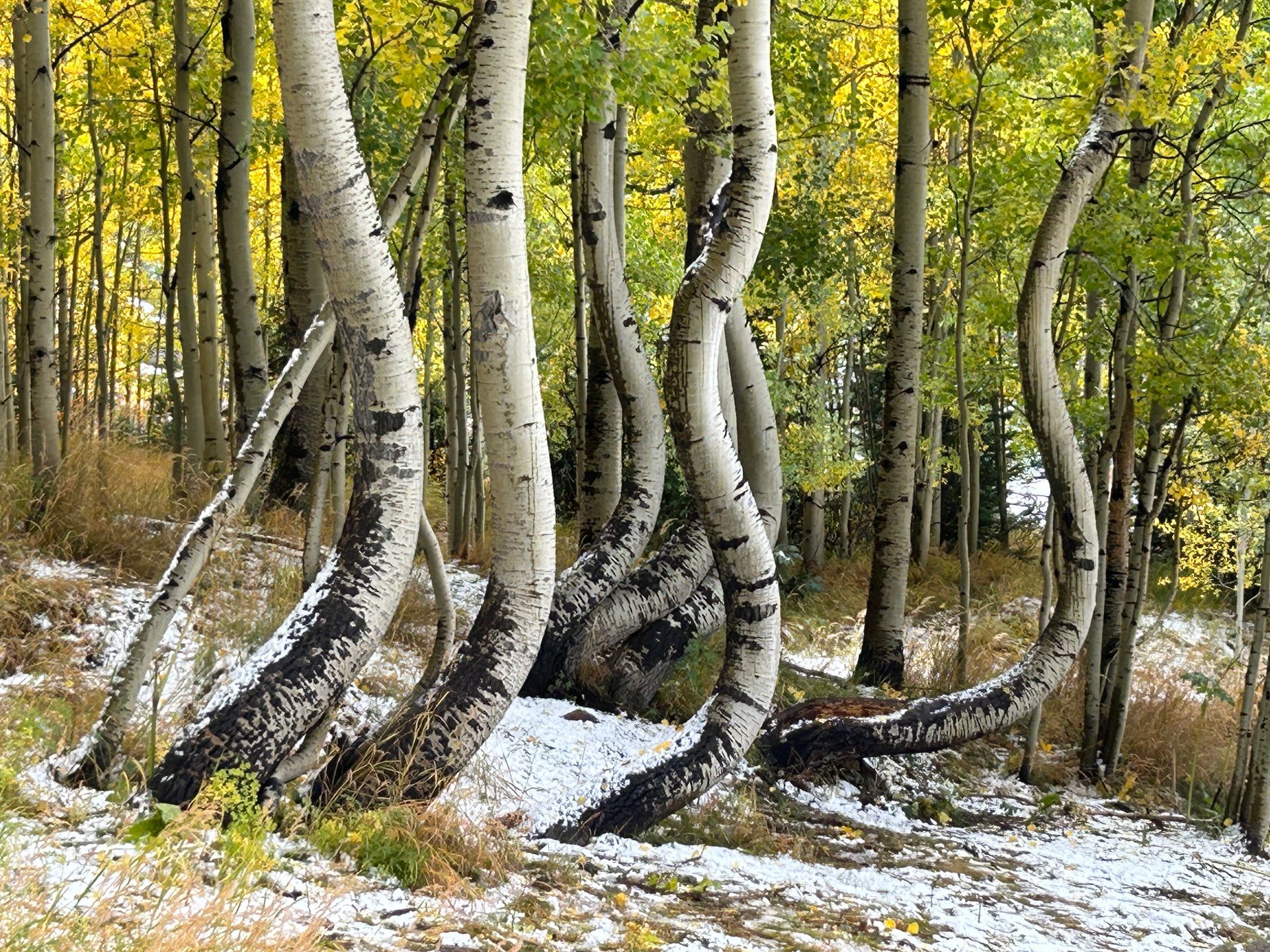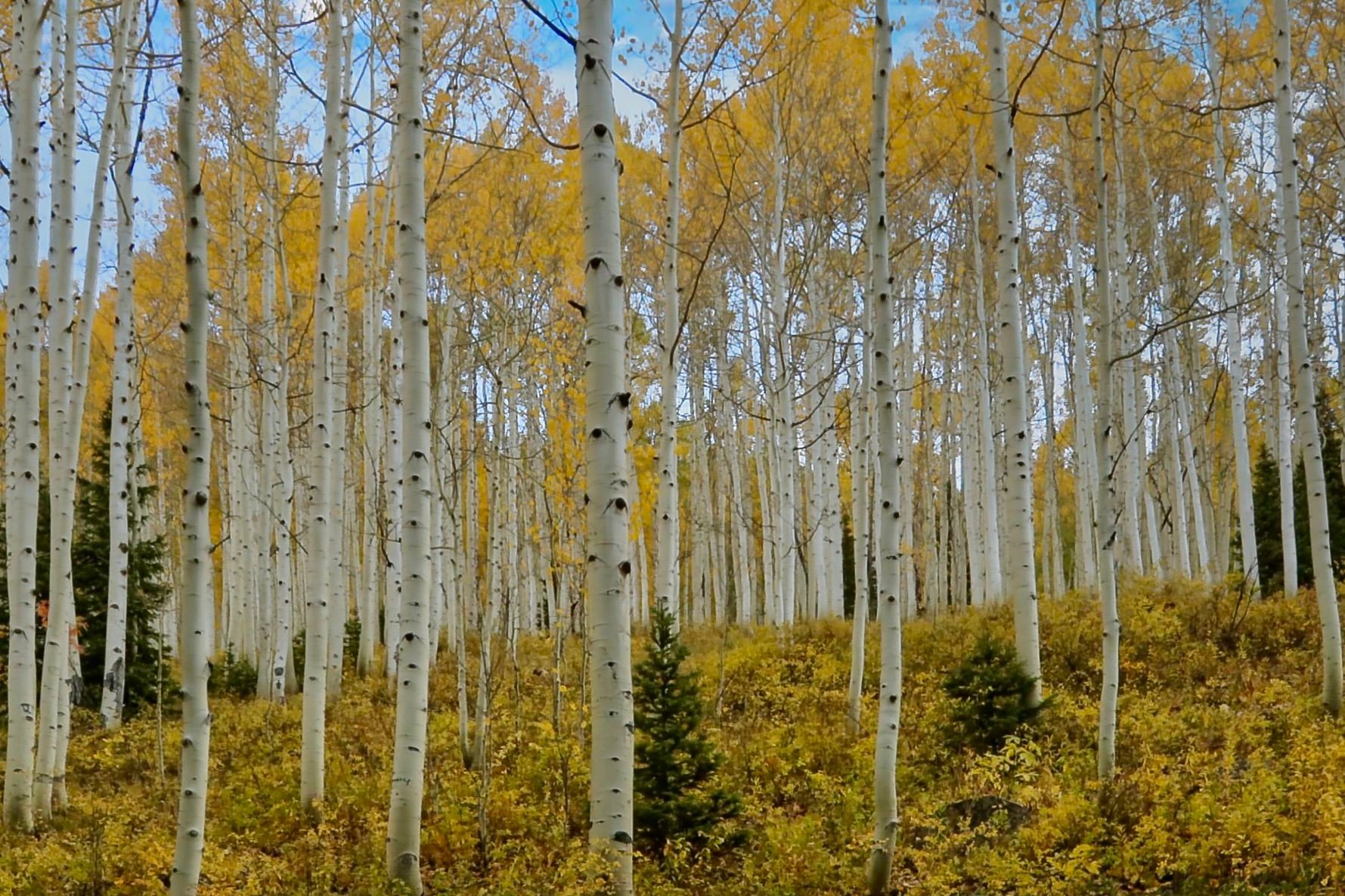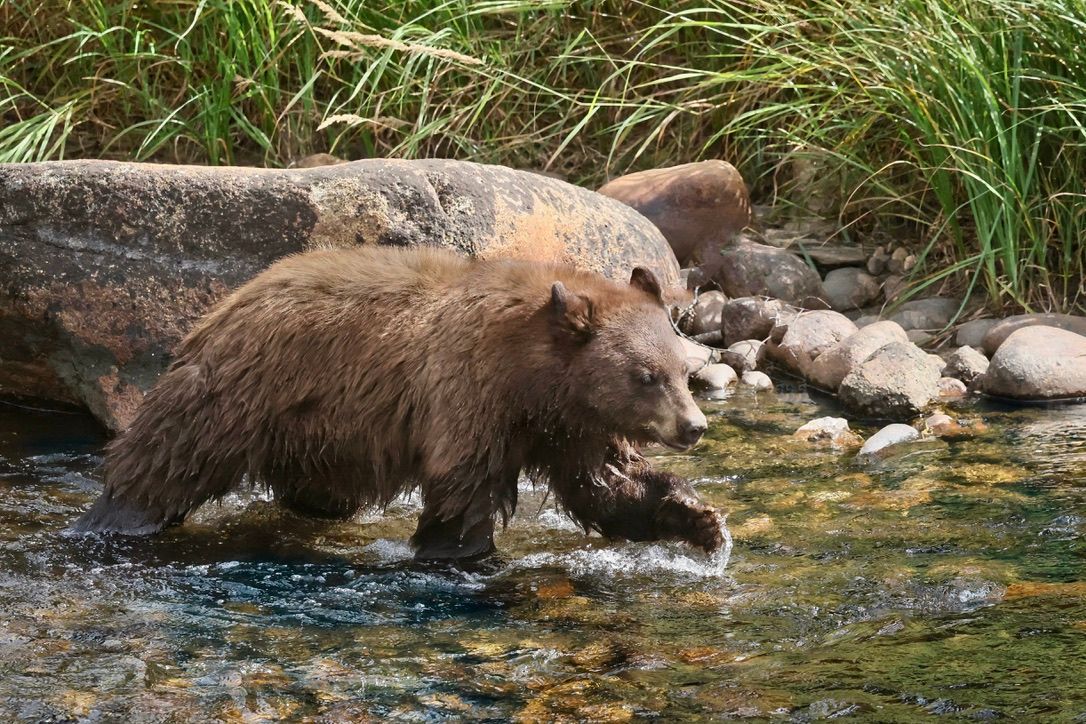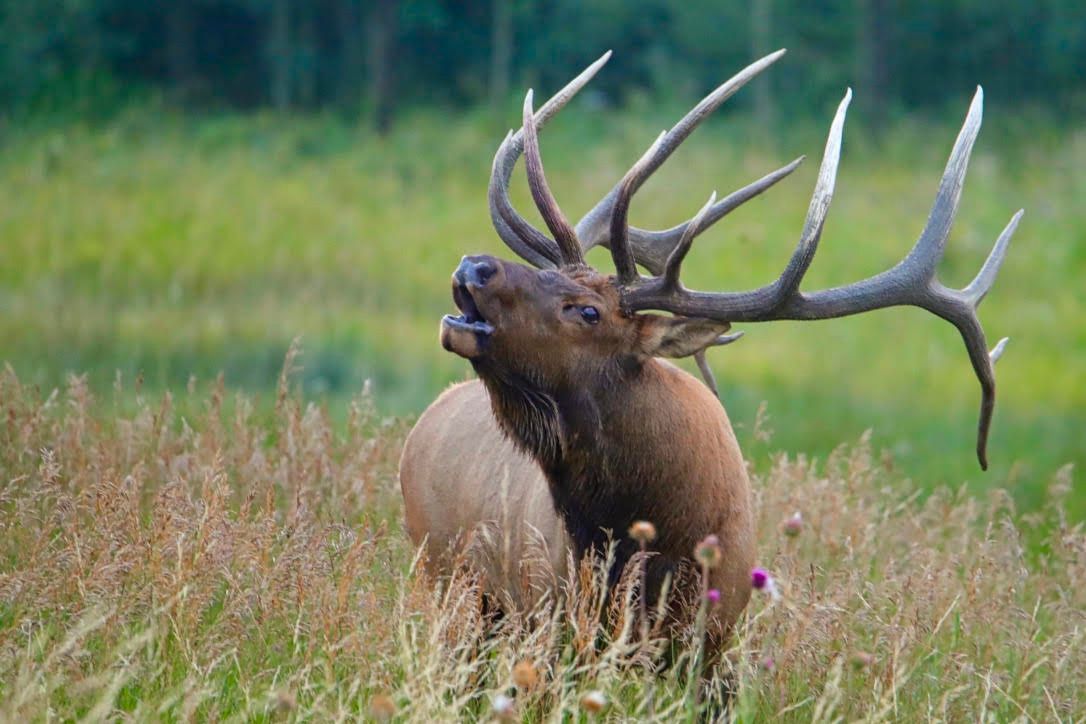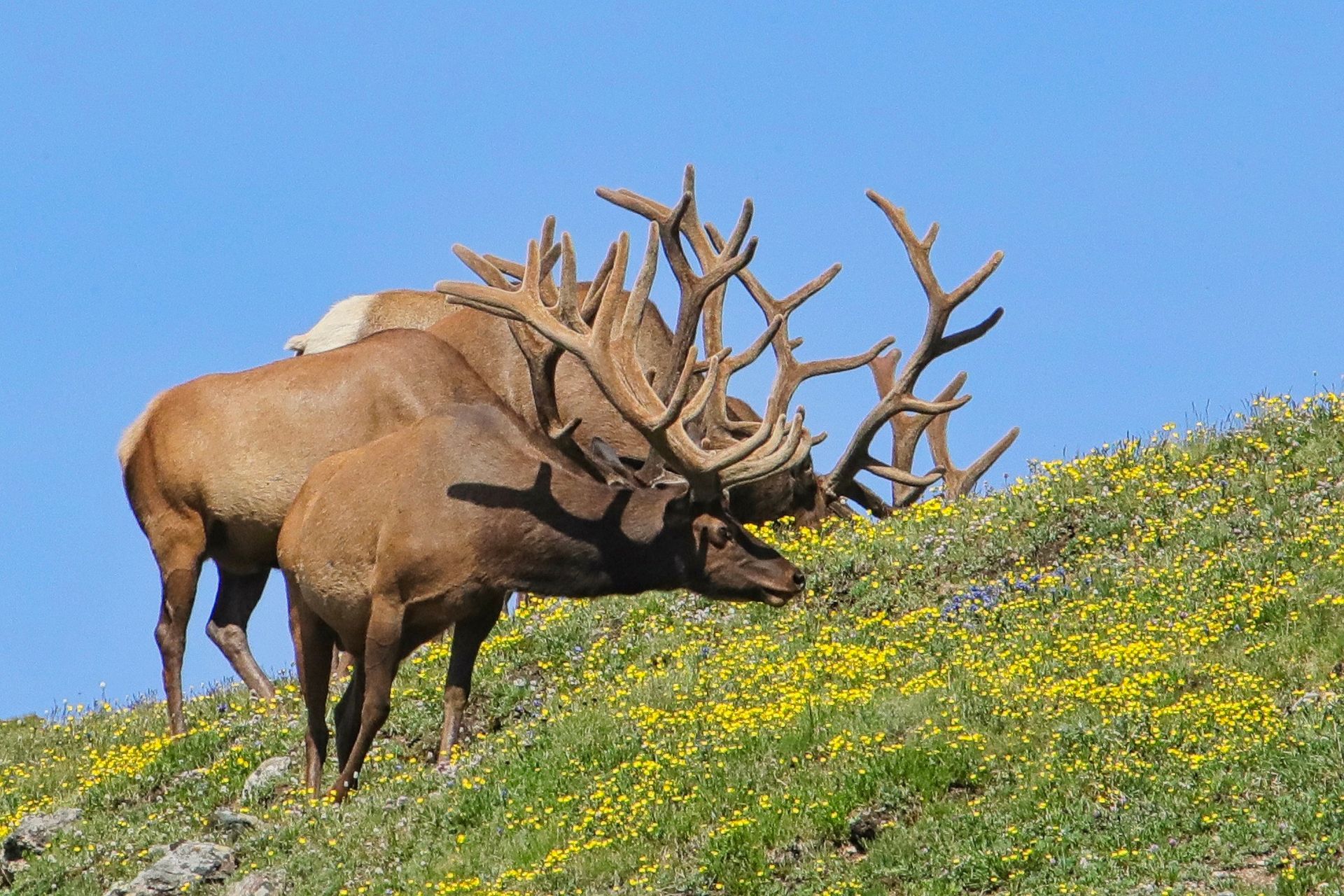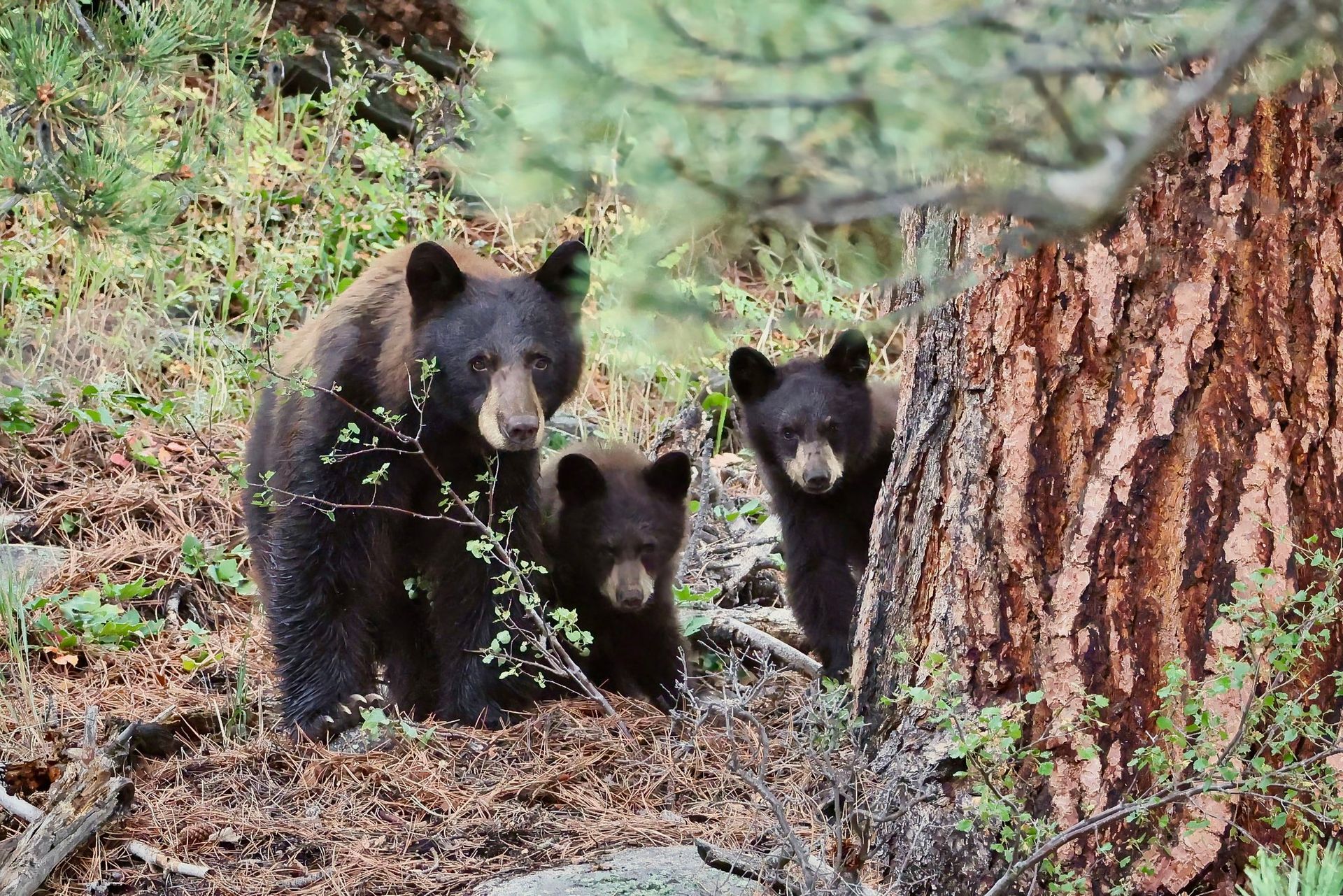K-9: A Bold and Handsome Bull Moose
A Bold, Dynamic, Full-bodied Master of the Forest
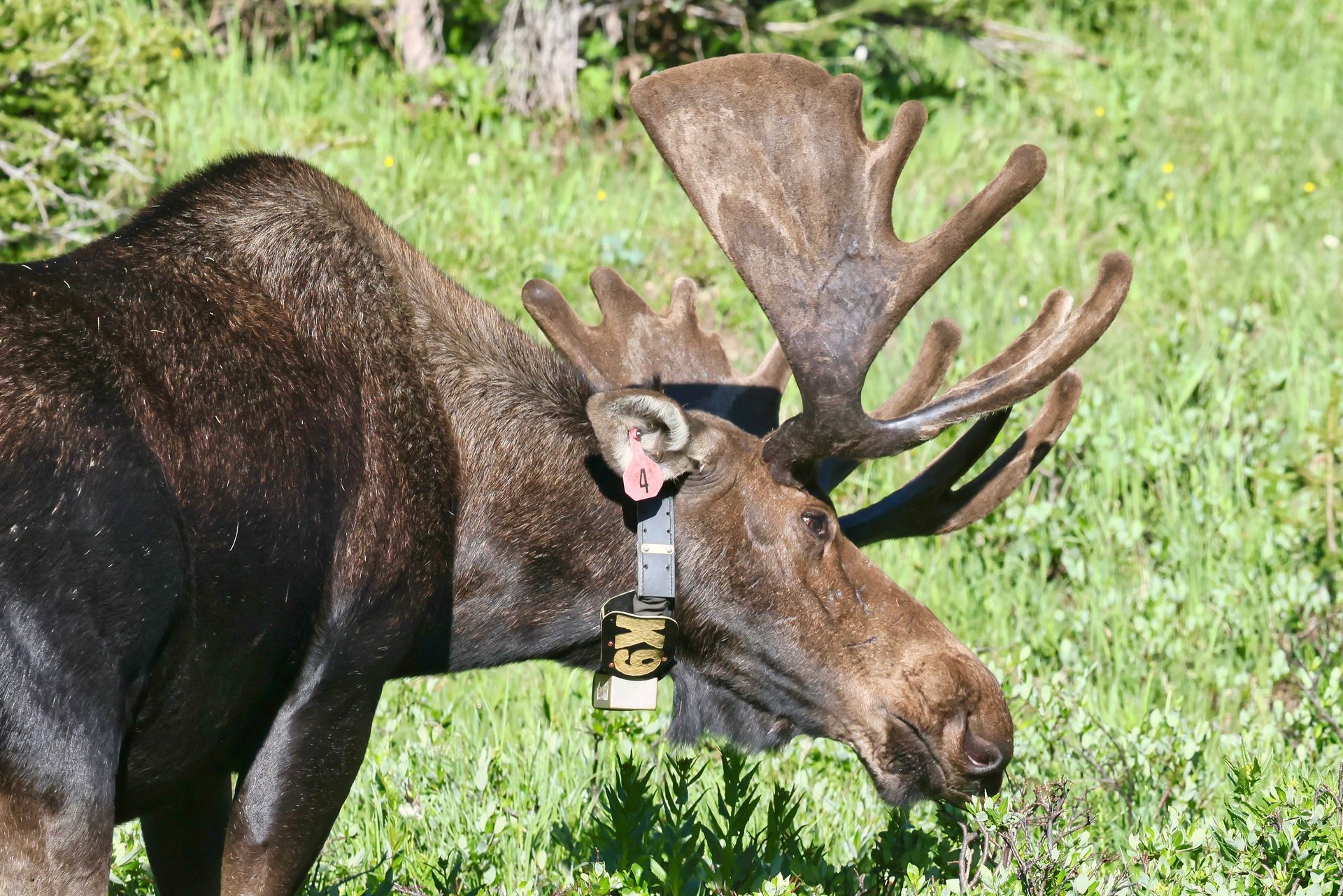
There are a few moose in Rocky Mountain National Park (RMNP) adorned with identifying necklaces - okay, I mean collars. This was done as a part of a NPS moose research project, and it has allowed us to identify and watch the bold bull moose with the collar K9.
Moose were first collared in 2017 for NPS research to track movement, health, population, and use of the habitat in RMNP. Sometime during the moose study, a young bull was collared with the number K9. Throughout the past few years, I’ve had the opportunity to photograph K9 who is now a big, bold, and beautiful bull moose.
What impresses me the most about K9 is his confidence and lack of fear. He wanders RMNP from mountain to meadow to lakes and roadsides. He is not intimidated by the many admirers who view him from afar as he feeds on willows and aqua grass during the early morning hours. Once full, he departs to rest in the marshy areas of willows and deep thicket.
A couple of years ago, I was able to see him swimming, the water deeper than his three to four foot legs that reach up combining with his body to stand six to seven feet tall at the shoulders. With his dynamic, bold antlers, K9 may reach eight to nine feet in his full height. Still, the lake water was deeper, and he swam with only his head and antlers rising from the water like a submarine.
I was delighted this year to see K9 early on. My first sighting of him in 2025 was in early March following an evening of snow. He was searching the brush for something possibly green to eat, and his new growing antlers were just nubs barely extending from his skull. At that point he had even braved to step outside of the park boundary. With only nubs, he didn’t look as bold or intimidating, though with his size he was still both.
Like all moose in Colorado, K9 is a Shiras moose. There are four North American moose subspecies, and the Shiras moose, also known as Wyoming moose, is the smallest. Characteristically, they have a rusty-brown to blackish-brown coat. Bulls weigh up to an impressive 1,200 pounds while cows can be as large as 800 pounds. Shiras moose live in mountainous, forested habitats where their favorite food of willows and aquatic vegetation is prevalent.
My first fascination with moose started around 1960 when I watched “‘Rocky and Bullwinkle.” Bullwinkle was depicted as a Western moose, native to western Canada and the second largest moose subspecies (after the Alaskan moose). Of course, I was fascinated because “Rocky and Bullwinkle” was the highest rated daytime network program on TV. It was preceded by American Bandstand, and by the mid-sixties, I had switched from the animated moose to songs that “had a good beat and were easy to dance to.” But I digress…
It’s been interesting to watch K9’s antlers grow. Moose antlers are shed following the rut, a process that helps them conserve energy during the winter months. Regrowing each spring, the soft, cartilage-filled nubs are called pedicels. They are covered in a velvet, skin-like coating. The velvet contains blood vessels that nourish the antler growth. Growing rapidly, sometimes as much as an inch a day, the antlers calcify in the late summer, shedding the velvet. Their dynamic full-grown antlers are crucial for attracting cows and asserting dominance during the mating season.
While K9’s antlers were nubs in March, their growth has been steady. It’s like watching a winter weathered animal grow from a bit beaten down by the harsh cold, transition throughout the summer to a bold, dynamic, full-bodied master of the forest with massive antlers ready to serve him well during the rut.
In early July, it was interesting to watch K9’s travels. From his appearance just outside the park in March, he moved into the meadows in May. As the weather warmed and the grass turned green, K9 followed the ripening foliage feeding along the way as he began moving up into higher elevations.
Early in July, K9 fed on the meadow willows and aqua grass of the lakes. One day, as I watched this ritual, he left a lake moving up the valley. Two days later, I happened upon K9 in a high altitude mountain willow field about five miles from the lake I’d seen him leave. A day later he was striding above 11,500 feet across the tundra, his long legs serving him well in his travels.
When he will make an appearance again, is up to K9. It may be at lower elevations in the fall as his hormones swell with the rut. Or he may decide to wander over the continental divide to a quieter meadow away from the hectic presence of people as he searches for new food sources.
Who knows…maybe in his Colorado travels, he’ll even meet a friendly squirrel he can call “Rocky.”
